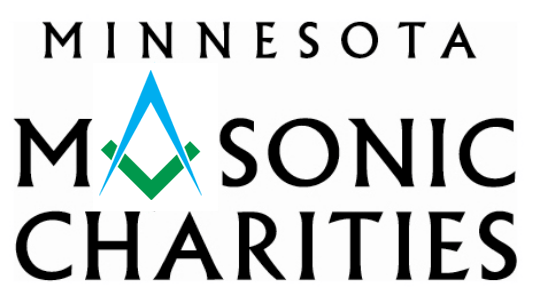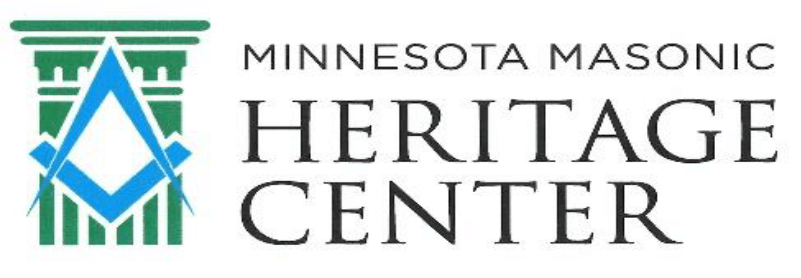Music is a simple tool that can help your child develop their language skills and requires no equipment except your voice. Singing together is an effective way to target any number of speech and language goals, from focusing on certain speech sounds, to learning more vocabulary such as action words and prepositions, to rhyming, to following directions and learning routines, and increasing social engagement.
Singing is akin to “parentese,” the slower, over-exaggerated and stretched out way of speaking with big rises and falls in pitch, that has been proven to have a positive impact on an infant and toddler’s receptive and expressive language.
I’ve used singing with my own children and also with my clients from the beginning. In my first internship at the Scottish Rite Clinic (now the Masonic Children’s Clinic), my supervisor, Tahirih Bushey, was overjoyed when I said I was comfortable with singing. Hilariously, she insisted that she could not sing or draw, but would not let that stop her when she saw how beneficial it was to her clients.
We used singing as a way to cue greetings with a bye bye song. We put short phrases to music such as “Johnny knock the hat off, hat off, hat off, Johnny knock the hat off, off his head” to help a child improve their receptive language as we used the repetition, slow pace, rhythm and changes in pitch to teach that “hat off” meant we got to knock the wooden hat off a peg.
I’ve used singing to teach expectations and rules with made up songs and even snippets of popular songs. My youngest child is now 12 years old and she recently confided in me that she did not know that “I want to hold your hand” was a Beatles song until this year. I had used that song from both of my girls’ toddler years to cue them in a fun way to hold my hand as we walked up the stairs and through parking lots.
Tamara’s Tips for using Singing
- Sing a cappella. What!? Hear me out. When you sing without accompaniment, YOU control the speed and the direction of the music. So often, songs targeted to the preschool crowd can be a pace too frenetic for a child to understand or try to reproduce all of the words. When you sing without the music, you can sing slower or simply repeat the chorus to make it easier for your child to share the music with you.
Also, when you sing by yourself, you can leave wait time to give your child the opportunity to fill in the blanks. For example, you can sing all of “Ring around the Rosie,” then pause at “All fall…” and wait for your child to fill in “down.” - Be cautious with YouTube. YouTube is a great place to find inspiration for new songs and to entertain your child. Some of the cartoons and live artists have a nice slow pace and big facial expressions and gestures that are great to model yourself after. However, if your child is watching the YouTube video, it may detract from your engagement with your child. Screens highly engage our visual senses and can encourage the brain to passively watch rather than to be active in the process, losing most of the benefit.
A lot of my clients with ASD have stopped their parents from singing along to the YouTube clip or album. It is different for every child, but this may be due to the desire to keep everything the same which a recording can do. When we sing on our own and with our child without accompaniment, we can slowly bring in little variations of speed and vocabulary that can help a child be flexible while keeping the main structure of the song intact. - Sing what you know and vary from there. Dr. Susan Larson Kidd was the first person I knew that mentioned piggyback songs. Piggyback songs are songs where you change the words to a familiar melody for a specific purpose. For example, in the clinic, you can often hear me singing a tune about walking to the tune of “Frere Jacques” when we’re headed down the long hallway to the activity room. Not a lot of variation in “Walking, walking, walking, walking, walk, walk, walk, walk, walk, walk, walking to the room, walking to the room, walk, walk, walk.” Seriously, those are the words. They have been significantly more effective than yelling, “walking feet” because the rhythm of the language often helps my client walk to the pace of the music.
- Keep it simple. Have fun. Know that your most important audience doesn’t care if you clunk a note or two.
– Tamara Pogin, Speech/Language Pathologist





